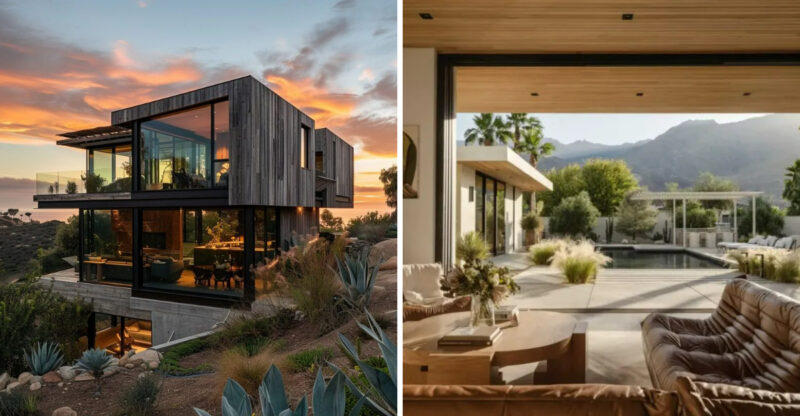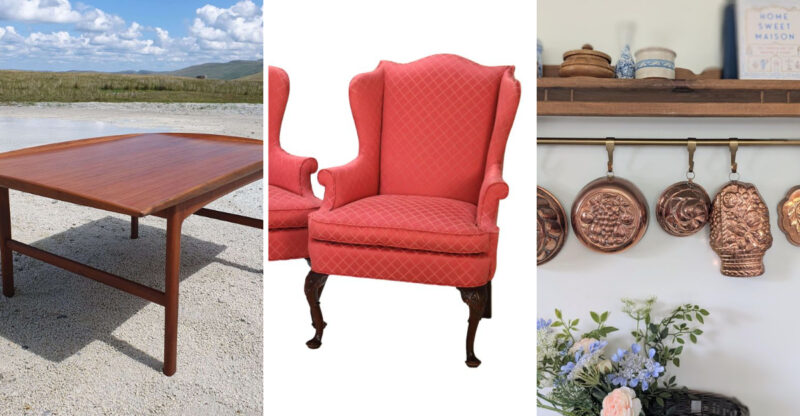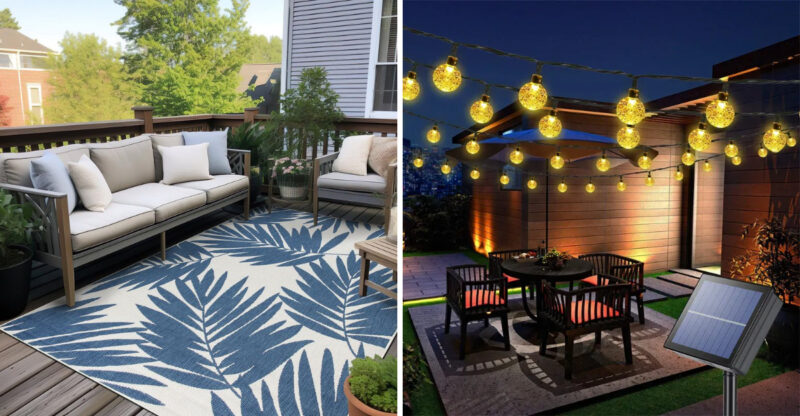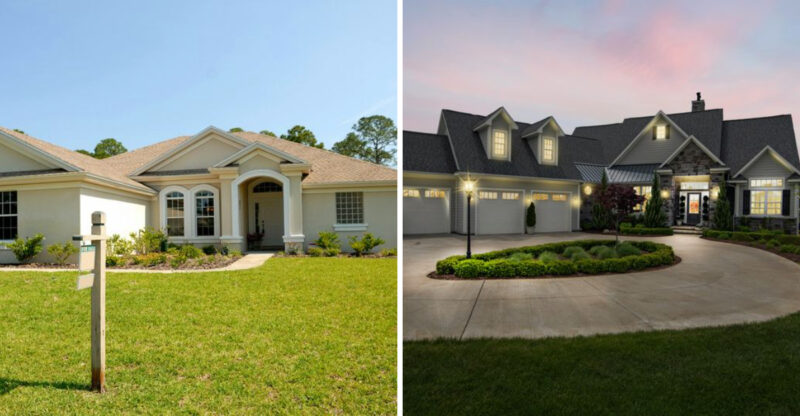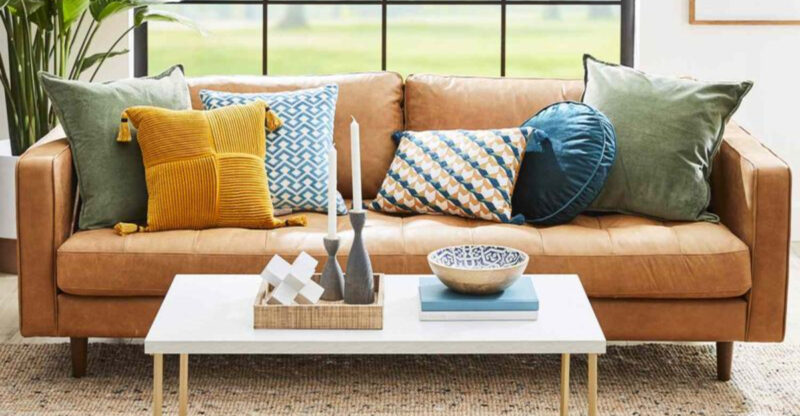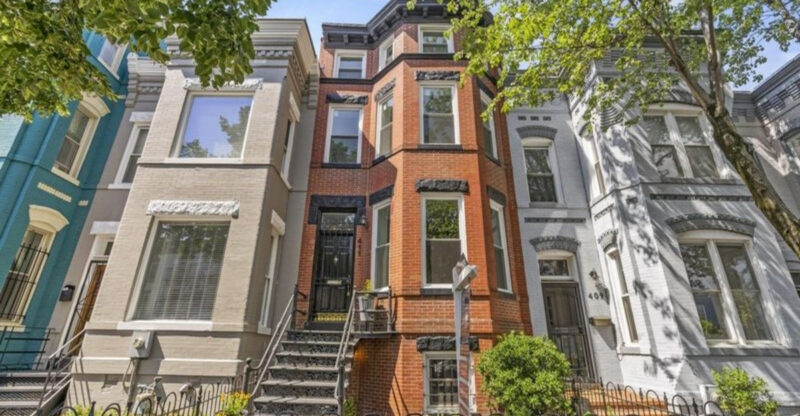17 Steps To Create A Minimalist Home On A Budget, According To Experts
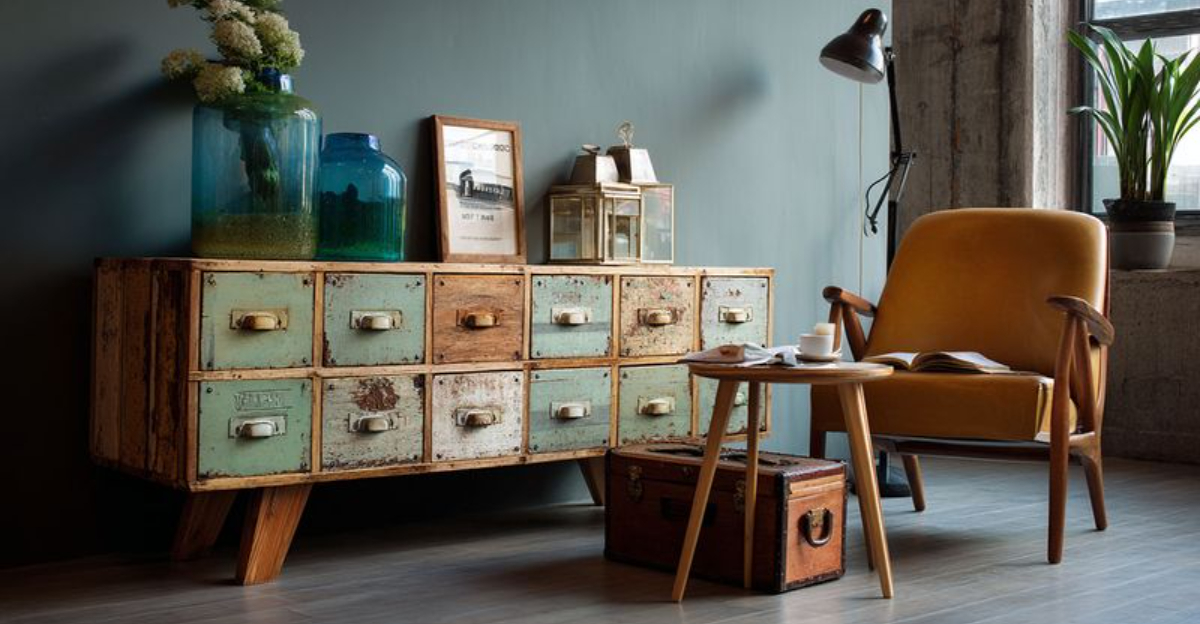
Think minimalism means shelling out for sleek furniture and pricey organizers? Think again. True minimalist living is about simplicity, intention and yes, saving money.
With a few smart swaps and creative tweaks, you can turn even the messiest space into a calm, clutter-free retreat without draining your wallet.
Ready to make your home feel lighter, brighter, and more peaceful? Here’s how the pros do it on a budget.
1. Declutter room by room
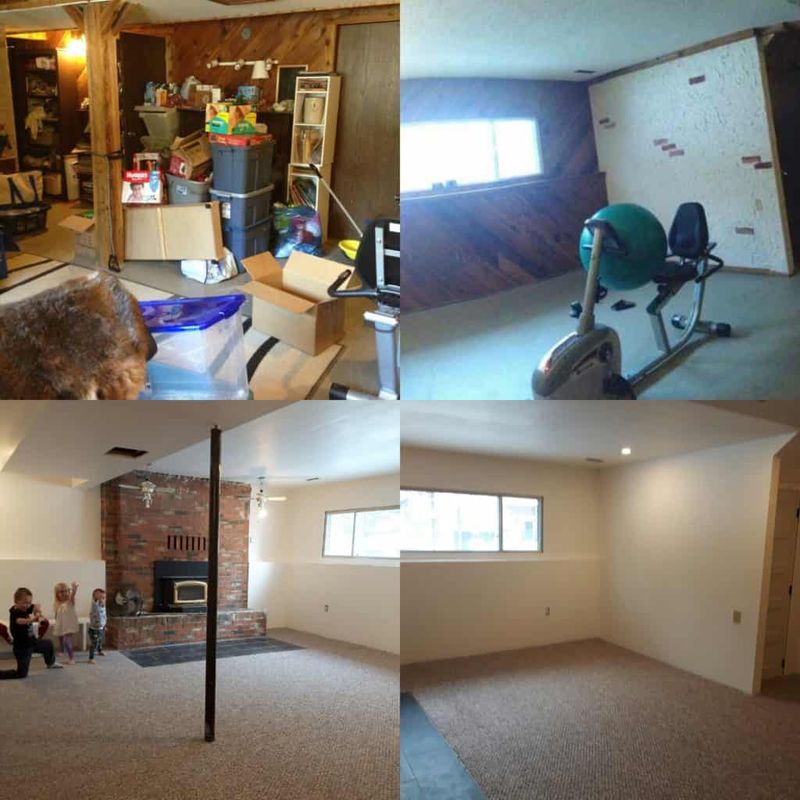
Starting small prevents overwhelming feelings when beginning your minimalist journey. Pick one room—maybe that junk-filled spare bedroom and completely finish it before moving to another space.
I found tackling my home office first gave me an immediate win. The mental clarity from working in an organized space motivated me to continue throughout my house. Remember that decluttering isn’t about tossing everything; it’s about keeping what truly adds value.
Take before and after photos to see your progress. This visual reminder helps when motivation wanes. Many minimalist experts suggest the 90/90 rule: if you haven’t used something in 90 days and won’t in the next 90, it’s probably safe to let it go.
2. Sell or donate unused items
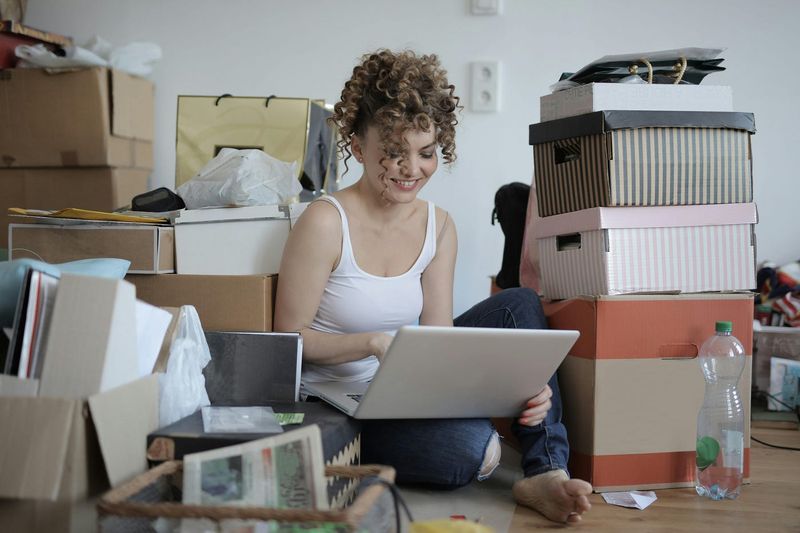
Your clutter could become someone else’s treasure—and put cash in your pocket. Facebook Marketplace, eBay, and local consignment shops are perfect for selling items that still have value but no longer serve you.
When I sold my barely-used exercise equipment, I made enough to buy proper storage solutions for my minimalist makeover. The money from unwanted possessions can fund your entire minimalist transformation if you’re strategic.
Donations bring joy too. Local shelters often need household goods, and seeing your items help others creates positive energy in your minimalist journey. Tax deductions from charitable donations provide an additional financial benefit, making this decluttering method doubly rewarding for budget-conscious minimalists.
3. Choose a neutral color palette
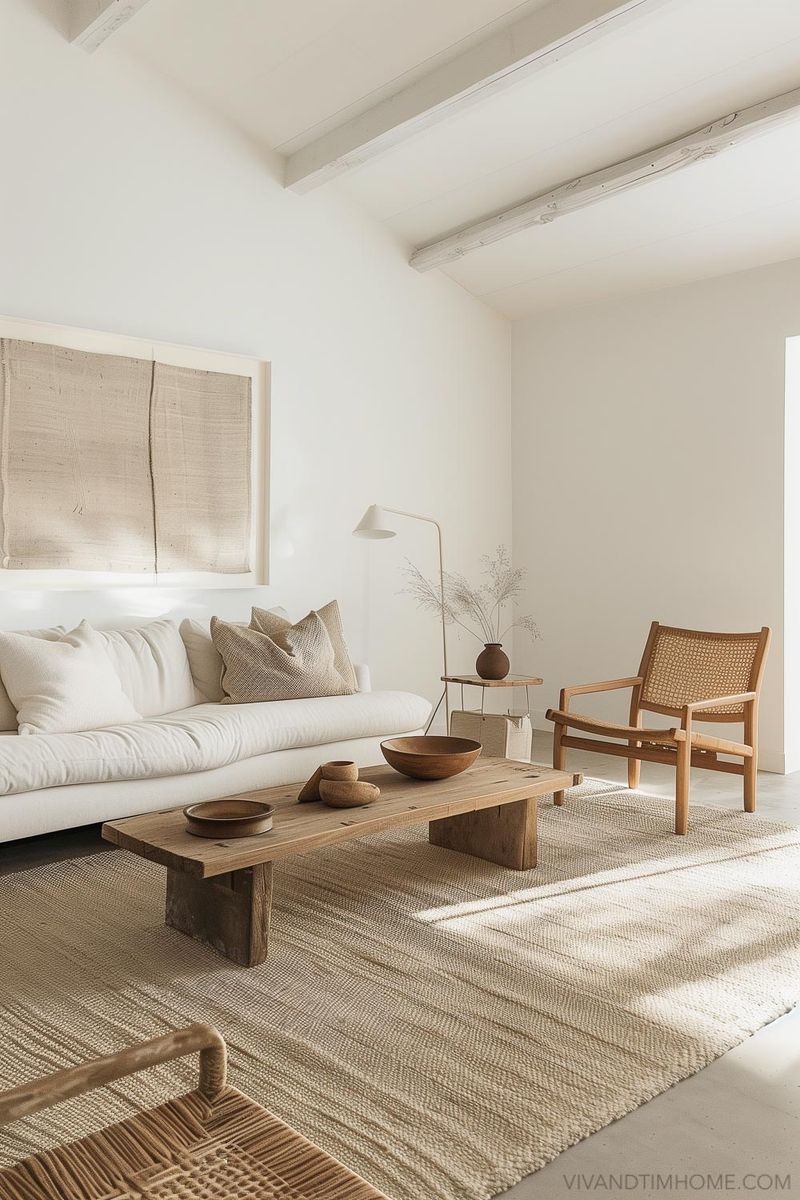
Neutral colors create visual calm and make spaces appear larger. Whites, creams, grays, and soft earth tones form the backbone of budget-friendly minimalism because they’re timeless and coordinate easily.
My living room transformation cost just one can of paint. The simple switch from burgundy to soft white made my existing furniture look completely different more expensive and intentional. Neutrals also allow you to use what you already own rather than buying all new pieces.
Limit your palette to 2-3 complementary shades for a cohesive look. This restraint eliminates the need for constant redecorating as trends change. Paint remains one of the most affordable high-impact changes you can make toward a minimalist aesthetic.
4. Invest in multi-functional furniture
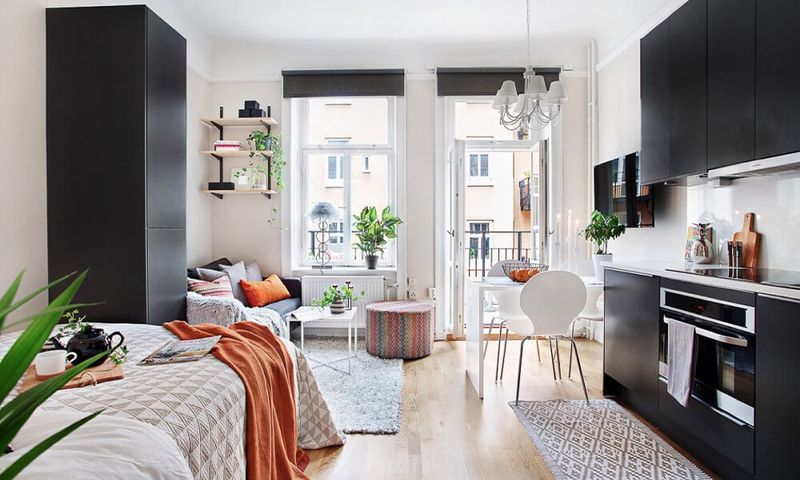
Smart furniture choices eliminate the need for multiple pieces, saving both money and space. A storage ottoman serves as seating, table, and hidden storage compartment—three functions for the price of one item.
When shopping for my small apartment, I prioritized a sleeper sofa with built-in storage drawers. Though it cost more upfront than a basic couch, it eliminated the need for a guest bed and extra dresser, saving hundreds in the long run.
Look for expandable dining tables, beds with drawers underneath, and desks that fold into wall cabinets. These versatile pieces might cost more initially but deliver better value over time. Many budget retailers now offer surprisingly affordable multi-functional options specifically designed for smaller, minimalist spaces.
5. Shop secondhand stores
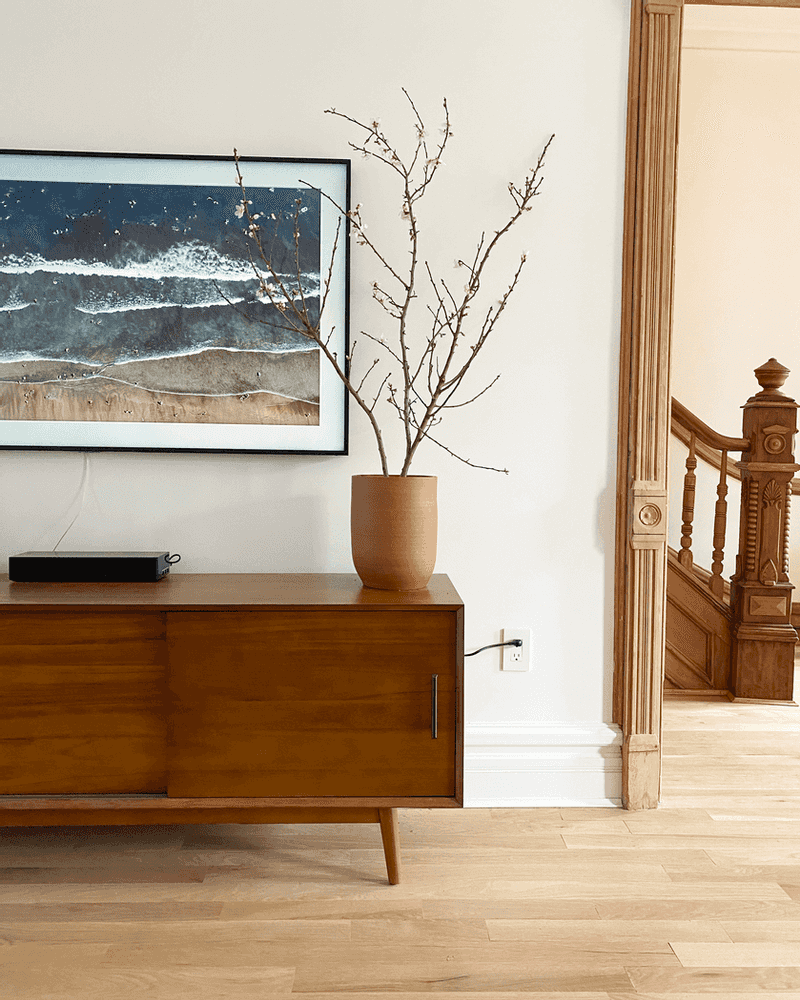
Thrift stores, estate sales, and consignment shops hide incredible furniture gems at a fraction of retail prices. Quality pieces from decades past often feature better craftsmanship than today’s mass-produced items.
I furnished my entire minimalist dining area with a solid wood table and chairs from Goodwill for just $85. The mid-century modern style perfectly complemented my minimalist aesthetic after a simple sanding and coat of tung oil.
Weekend estate sales in affluent neighborhoods yield particularly good finds. Arrive early with measurements of your spaces and cash for negotiating. Patience is key you might visit several places before finding the perfect piece, but the budget savings and environmental benefits make secondhand shopping worth the hunt.
6. Limit decorative accessories
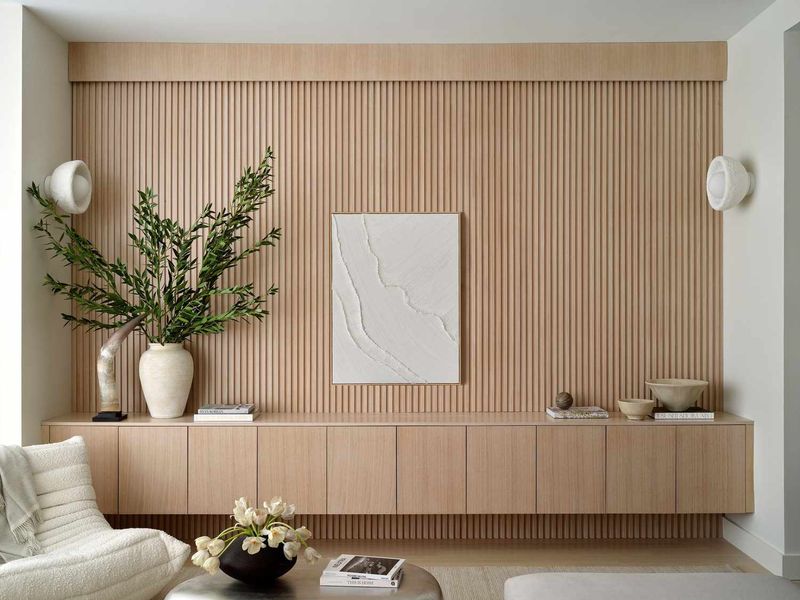
The secret to minimalist style isn’t buying special minimalist decor it’s displaying fewer things with more intention. Limit yourself to 3-5 meaningful decorative items per room rather than dozens of knickknacks.
My living room once displayed twenty family photos in mismatched frames. Now, just three larger photos in identical frames create a stronger visual impact while being easier to clean around. Quality over quantity applies perfectly to accessories.
Try the box method: place all decorative items in a box, then return only pieces you truly love to their places. After 30 days, anything still in the box probably isn’t essential. This approach costs nothing yet dramatically transforms your space into a serene, minimalist environment without purchasing anything new.
7. Use hidden storage solutions
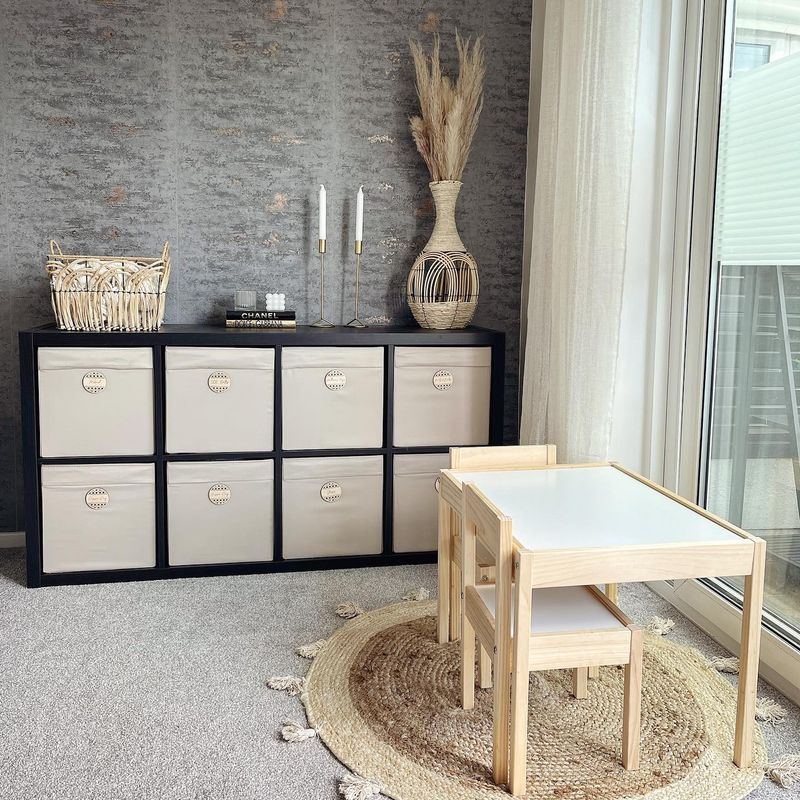
Hidden storage maintains clean visual lines while containing life’s necessities. Under-bed containers, ottomans with storage compartments, and furniture with built-in drawers keep items accessible but out of sight.
Though I couldn’t afford custom built-ins, I created a similar effect using IKEA cabinets mounted flush against my living room wall. The flat-front doors conceal everything from board games to office supplies without expensive custom carpentry.
Vacuum-seal bags compress seasonal clothing to a fraction of their size, maximizing closet space. Over-the-door organizers utilize often-forgotten vertical space. These affordable solutions eliminate visual clutter while working with existing furniture. Remember that minimalism isn’t about owning nothing—it’s about thoughtfully storing what you do own.
8. Keep countertops clear
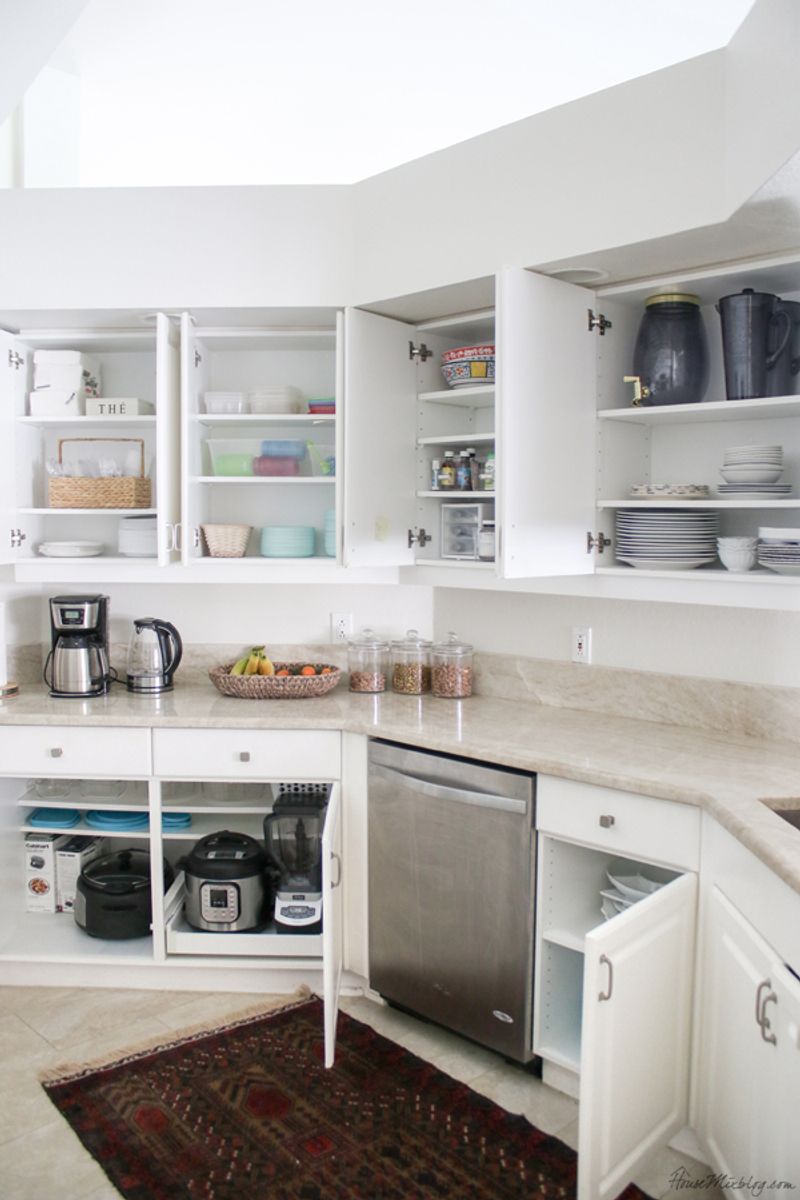
Clear countertops instantly create a sense of order and spaciousness. Kitchen appliances, bathroom products, and office supplies should have designated homes inside cabinets or drawers.
After struggling with constant kitchen counter clutter, I implemented a simple rule: only the coffee maker stays out permanently. Everything else must earn its countertop real estate by being used daily. This mental shift cost nothing but dramatically changed how my kitchen functions and feels.
Use drawer dividers and cabinet organizers to make storage spaces more efficient. The goal isn’t hiding disorganized chaos behind cabinet doors but creating thoughtful homes for everything. When countertops stay clear, cleaning becomes faster, cooking feels less stressful, and even small spaces appear more generous.
9. Embrace natural light
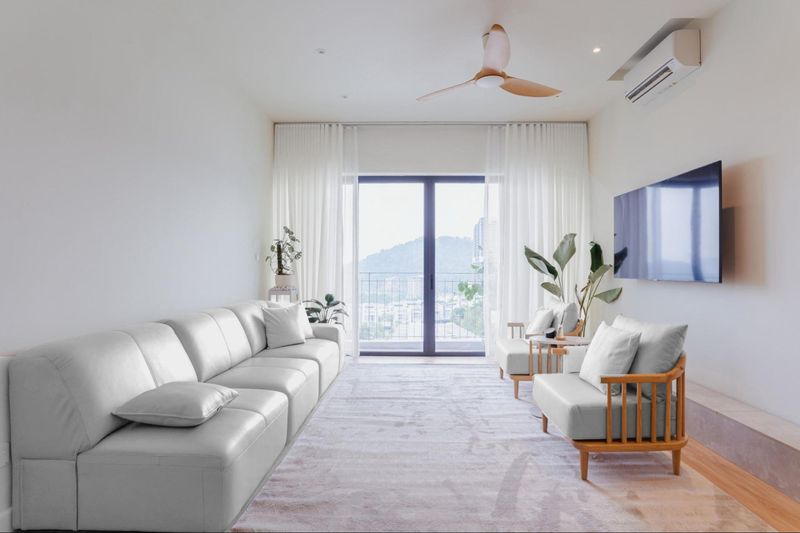
Maximizing natural light creates an expansive feeling that’s central to minimalist design. Remove heavy window coverings or replace them with sheer fabrics that filter light without blocking it completely.
When I swapped my dark burgundy curtains for simple white cotton panels, my living room instantly felt twice as large. This small change cost under $30 but transformed the entire space. Strategically placed mirrors can amplify existing light by reflecting it deeper into rooms.
Keep windows clean and remove obstacles blocking light paths. Consider furniture placement that allows sunlight to penetrate further into your home. Natural light not only makes spaces feel more open and airy but also reduces electricity costs—making it both a minimalist design principle and a budget-friendly strategy.
10. Opt for quality over quantity
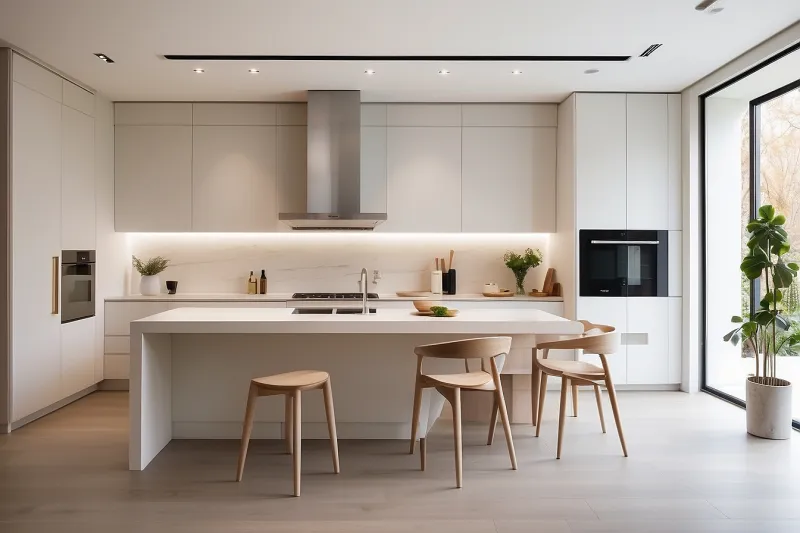
Investing in fewer, better items ultimately saves money compared to repeatedly replacing cheap versions. This principle applies to everything from kitchen tools to furniture and clothing.
My kitchen transformation began by replacing fifteen mismatched, cheap pots and pans with just five high-quality pieces. Though the initial investment seemed high, these items have outlasted three complete sets of budget cookware, proving more economical over time.
Start by identifying which items you use most frequently and upgrade those first. For furniture, solid wood pieces might cost more initially but can last generations with proper care. This approach reduces long-term spending while creating a more cohesive, intentional space. Quality items also tend to maintain a cleaner aesthetic, supporting your minimalist vision.
11. Frame simple artwork

Artwork doesn’t require gallery prices to make an impact. Simple, large-scale pieces create focal points while maintaining minimalist principles.
Instead of buying expensive art, I framed a beautiful fabric remnant in an oversized frame. The large-scale textile piece cost under $40 total yet provides the same visual impact as art costing ten times more. Black and white photography, botanical prints, or even children’s artwork can look surprisingly sophisticated in clean, simple frames.
Digital downloads from sites like Etsy offer affordable art that you print yourself. Matching frames throughout your home creates cohesion regardless of the images inside them. For maximum minimalist impact, limit yourself to one larger piece per wall rather than creating busy gallery arrangements that can appear cluttered.
12. Stick to solid fabrics and textures
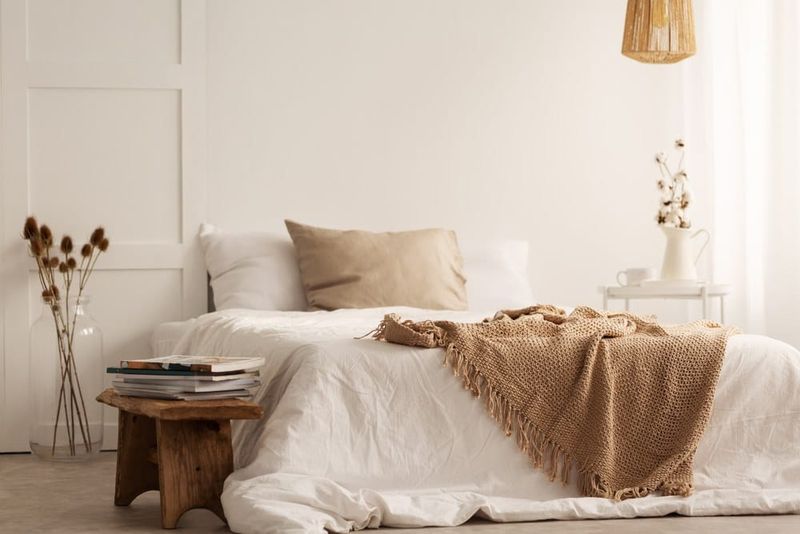
Busy patterns create visual noise that contradicts minimalist principles. Solid fabrics in complementary neutral tones create a cohesive, calming environment while being more timeless than trendy patterns.
During my bedroom makeover, I replaced a floral comforter set with simple white bedding and added texture through a chunky knit throw. This change cost less than $100 but completely transformed the room’s feel. The solid fabrics make the space appear larger and more intentionally designed.
Mix textures like linen, cotton, and wool to add interest without patterns. These natural materials age beautifully and rarely go out of style. When shopping for textiles on a budget, seasonal clearance sales offer high-quality basics at dramatic discounts, allowing you to invest in better fabrics without breaking your budget.
13. Minimize wall décor
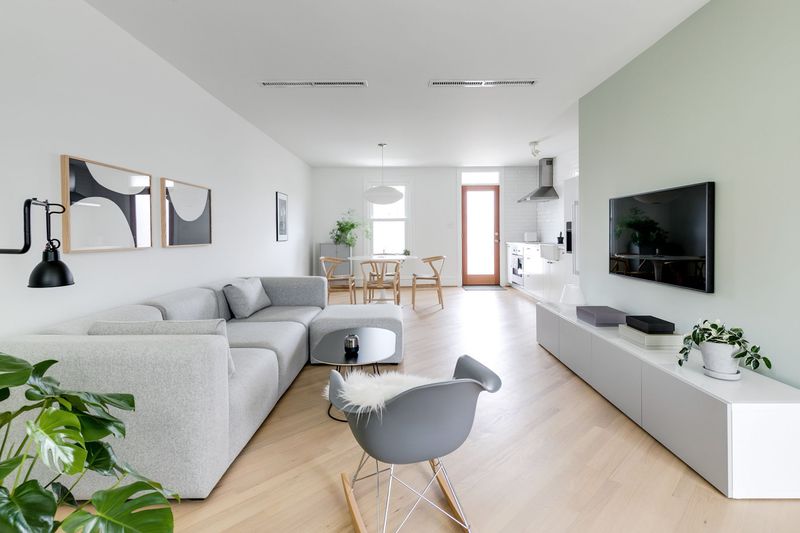
Walls don’t need to be completely filled to feel finished. Minimalist design embraces negative space, allowing a few carefully chosen pieces to make stronger statements.
My hallway previously displayed twelve small framed photos that created visual clutter. Replacing them with just two larger pieces created a more impactful, gallery-like feel without purchasing anything new I simply reframed existing photos in larger formats.
Consider leaving some walls completely bare to create breathing room. When selecting wall décor, choose pieces that genuinely resonate rather than generic fillers. Empty wall space isn’t something to fear but to appreciate as part of your minimalist aesthetic. This approach saves money on unnecessary decorative items while creating a more sophisticated, intentional environment.
14. Organize with baskets or bins
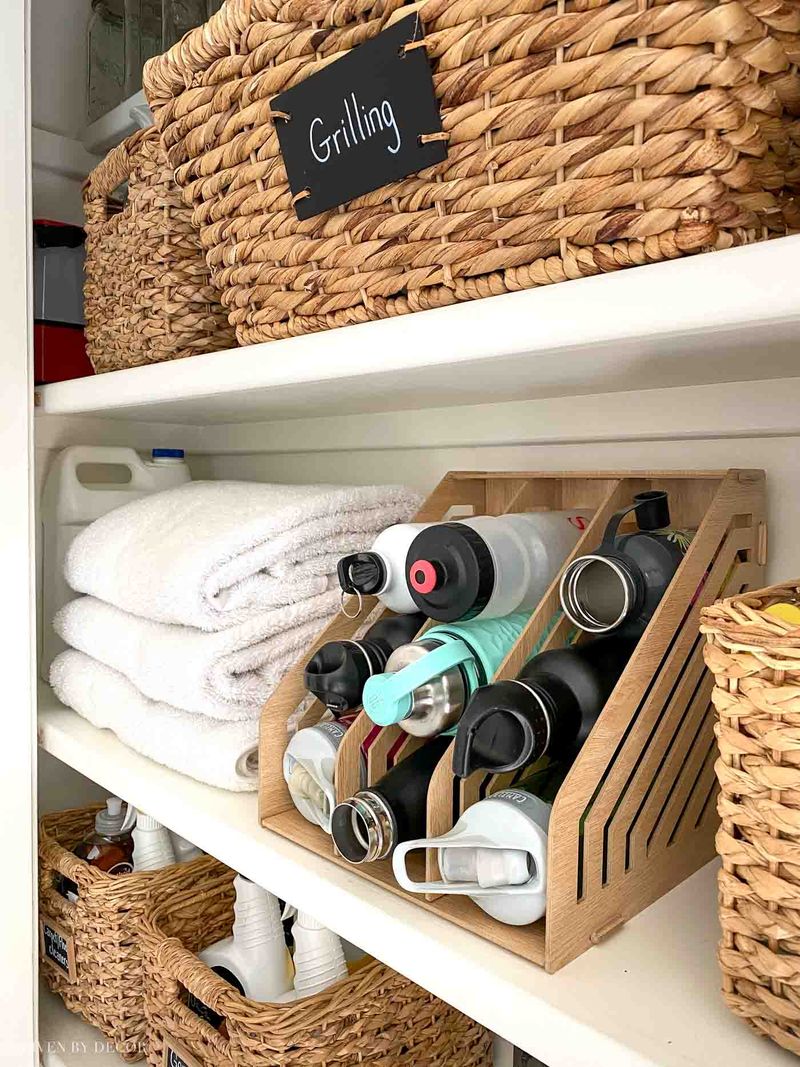
Matching storage containers create visual consistency while taming necessary clutter. Uniform baskets or bins transform disorganized shelves into intentional displays that complement minimalist aesthetics.
For my living room bookshelf makeover, I replaced mismatched storage with six identical seagrass baskets. The uniform containers immediately created a cohesive look, even though they contained the same everyday items as before. This small change cost under $50 but completely transformed the visual impact.
Look for sales on basic storage items or repurpose existing containers by painting them matching colors. The key is consistency—same size, material, or color creates order even when contents vary. Label-free storage maintains clean visual lines while still keeping items accessible and organized.
15. Edit clothing and linens
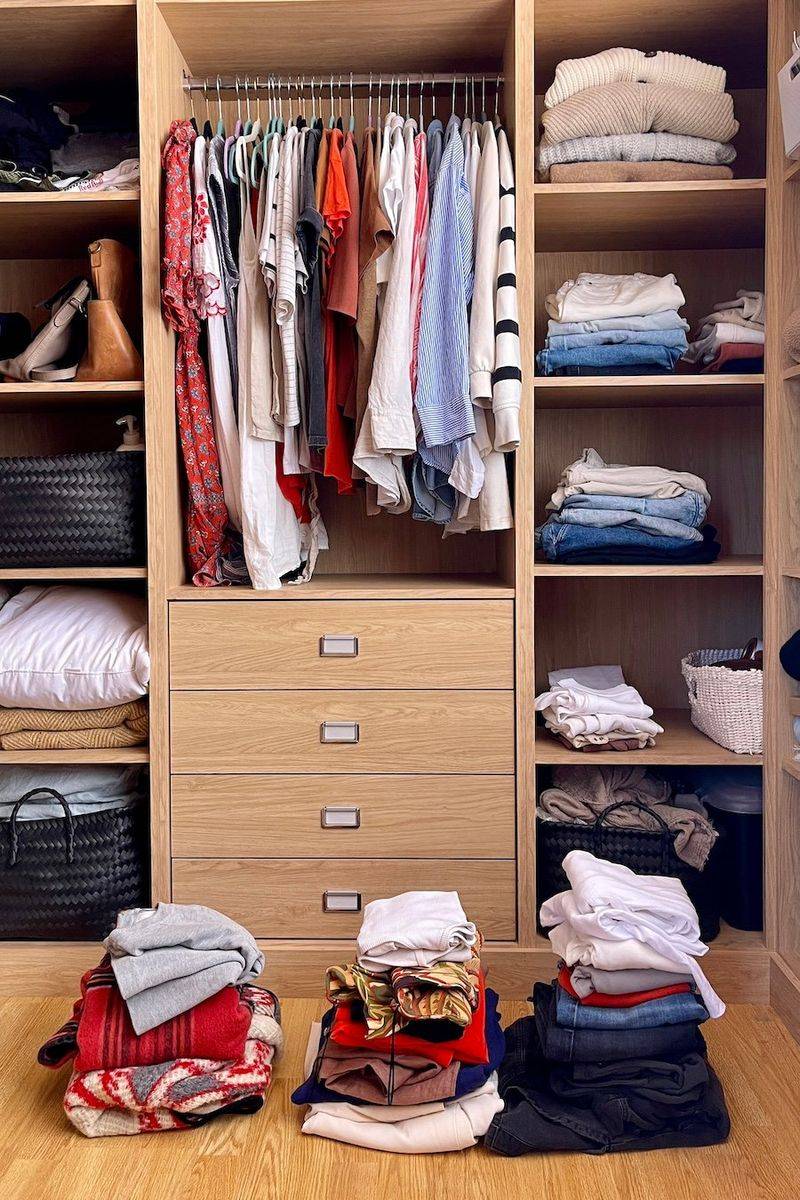
Overstuffed closets and linen cabinets create physical and mental clutter. Minimizing your wardrobe and household textiles saves space while making daily decisions easier.
My closet transformation began with a simple question: “If everything were lost in a fire, what would I actually replace?” This perspective helped me release 70% of my clothing without regret. Now my morning routine is faster, laundry is manageable, and my bedroom feels more peaceful.
Apply the same principle to towels, sheets, and kitchen linens. Most households need far fewer textiles than they own. Keep just enough for regular use plus one backup set. High-quality basics in neutral colors work for multiple seasons and occasions, eliminating the need for excessive variety.
16. Reuse and repurpose items
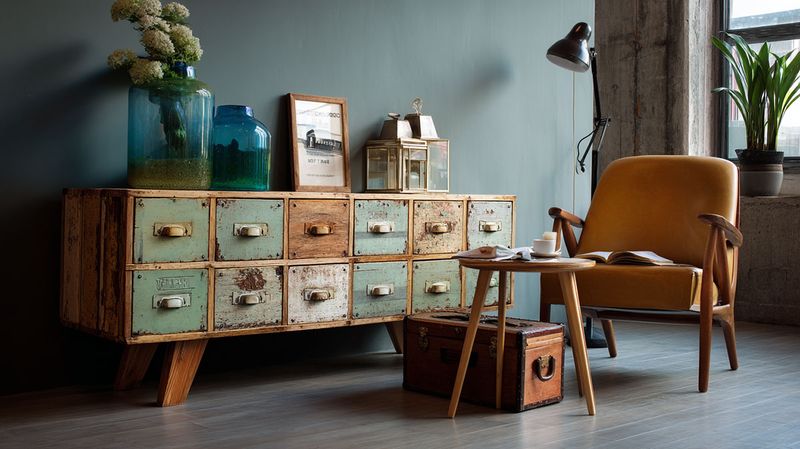
Creative repurposing gives existing items new life, saving money while reducing waste. Old furniture often has better bones than new budget pieces and can be transformed with simple updates.
An outdated oak dresser became my statement bathroom vanity after sanding, painting, and adding a new sink top. This DIY project cost $120 versus $800+ for a new vanity of similar quality. The character of the vintage piece adds unique charm while supporting minimalist principles of thoughtful consumption.
Mason jars become stylish storage containers. Wooden crates transform into shelving. Ladder-style towel racks can be made from reclaimed wood. These creative solutions often result in more interesting, personal spaces than catalog-purchased alternatives. Plus, the satisfaction of creating something beautiful from existing materials adds meaningful connection to your minimalist home.
17. Focus on creating calm spaces
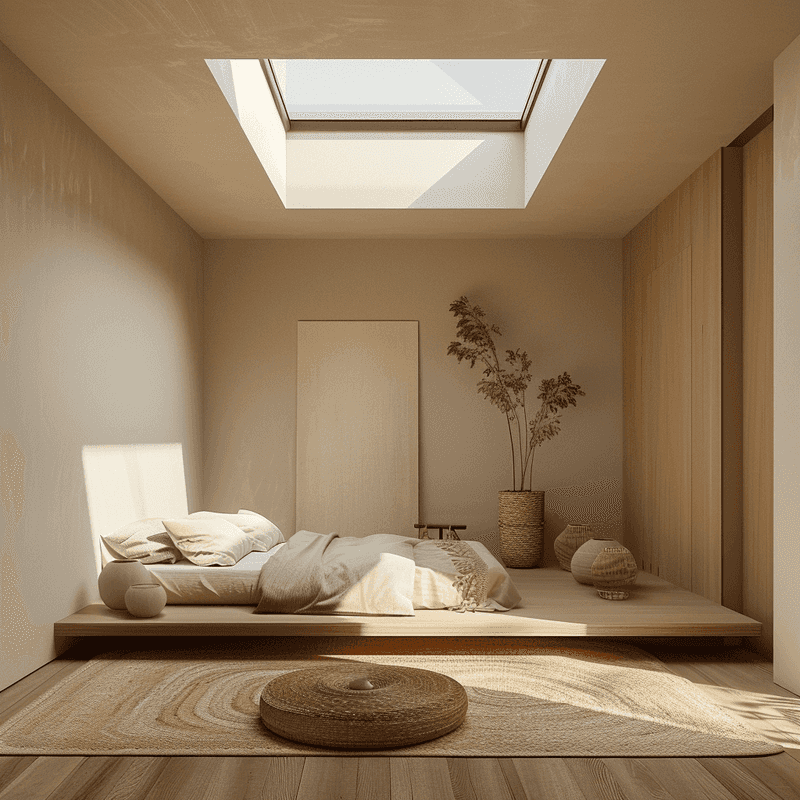
The ultimate goal of minimalist design is creating environments that support mental clarity and peace. Each room should serve clear purposes without excess stimulation or distraction.
My bedroom transformation focused on removing anything not supporting rest and relaxation. The television, exercise equipment, and work materials all found homes elsewhere. Though this change cost nothing, the impact on my sleep quality was immediate and profound.
Consider the emotional impact of each space in your home. Does your entryway create stress with piles of shoes and mail, or does it welcome you calmly? Are mealtimes peaceful or chaotic? Minimalism isn’t just aesthetic—it’s functional. Removing excess from spaces allows them to better serve their core purposes, creating a home that supports your wellbeing without expensive renovations.

